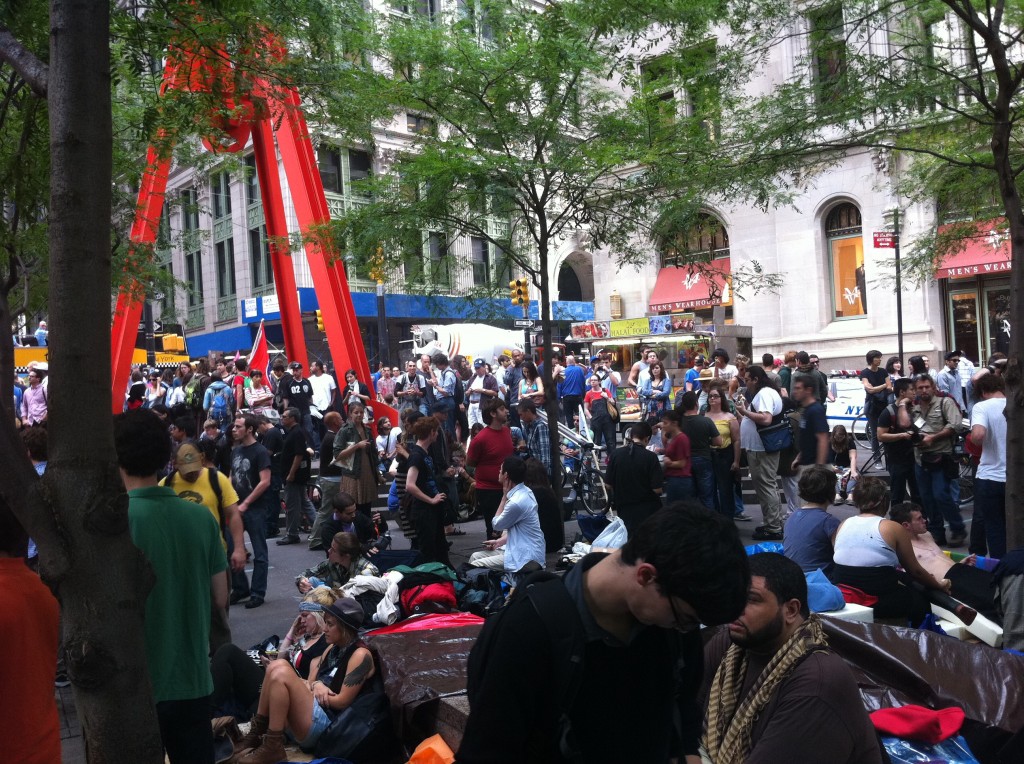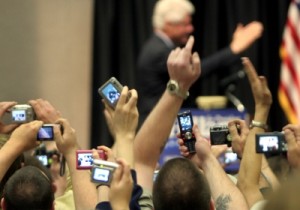
Two weeks ago, I wrote a Brief Summary of Actor Network Theory. I ended it by saying,
My next post will focus on ANT and AR’s different historical accounts of Western society’s relationship to technology. While Latour claims “We Have Never Been Modern” we at Cyborgology claim “we have always been augmented.” I will summarize both of these arguments to the best of my ability and make the case for AR over ANT.
The historical underpinnings of ANT are cataloged in Laotur’s We Have Never Been Modern and are codified in Reassembling the Social. I will be quoting gratuitously from both.
In We Have Never Been Modern, Latour comments on a debate between the political philosopher Thomas Hobbes and natural philosopher Robert Boyle. Latour describes the debate this way: more...





 There has been some terrific debate on my theorizing of what I call “augmented reality.” In brief, I reject “digital dualism”, the tendency to view the on and off line as separate spheres, and instead argue that we should view them as enmeshed, creating what I call “augmented reality.” [
There has been some terrific debate on my theorizing of what I call “augmented reality.” In brief, I reject “digital dualism”, the tendency to view the on and off line as separate spheres, and instead argue that we should view them as enmeshed, creating what I call “augmented reality.” [


